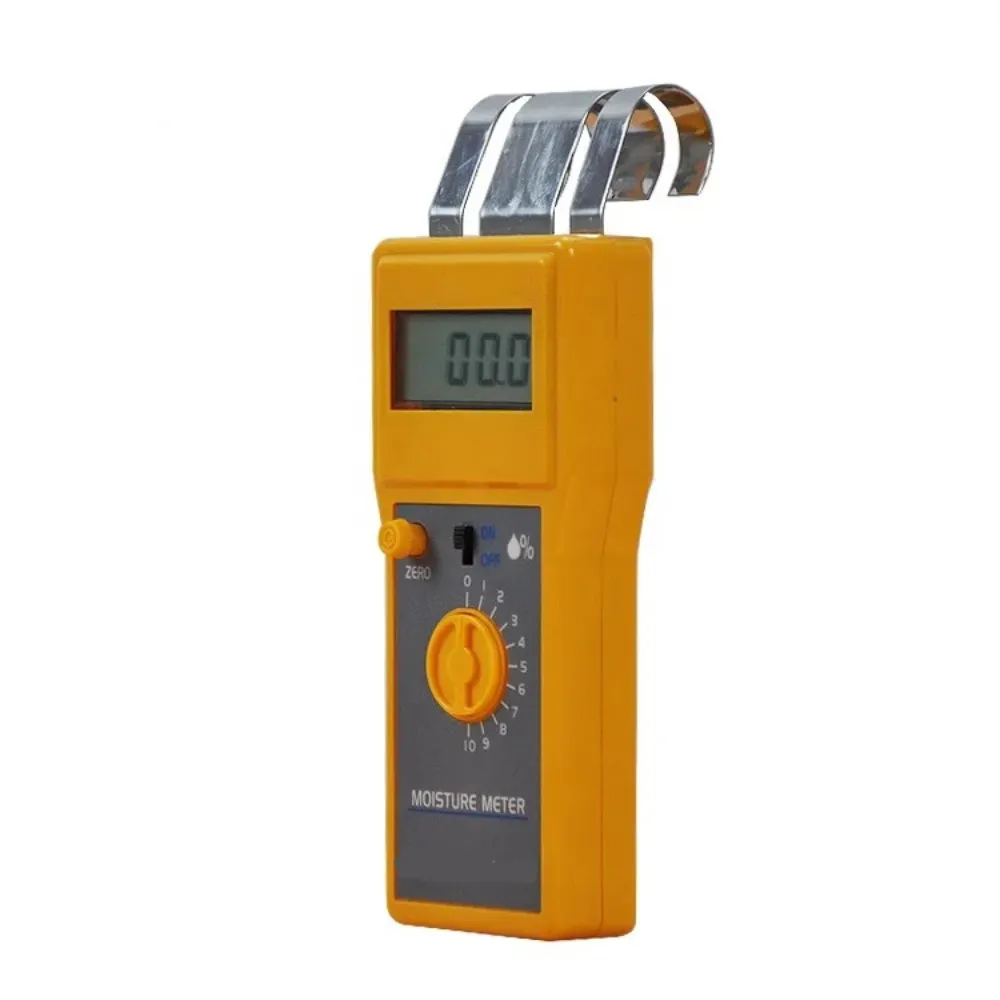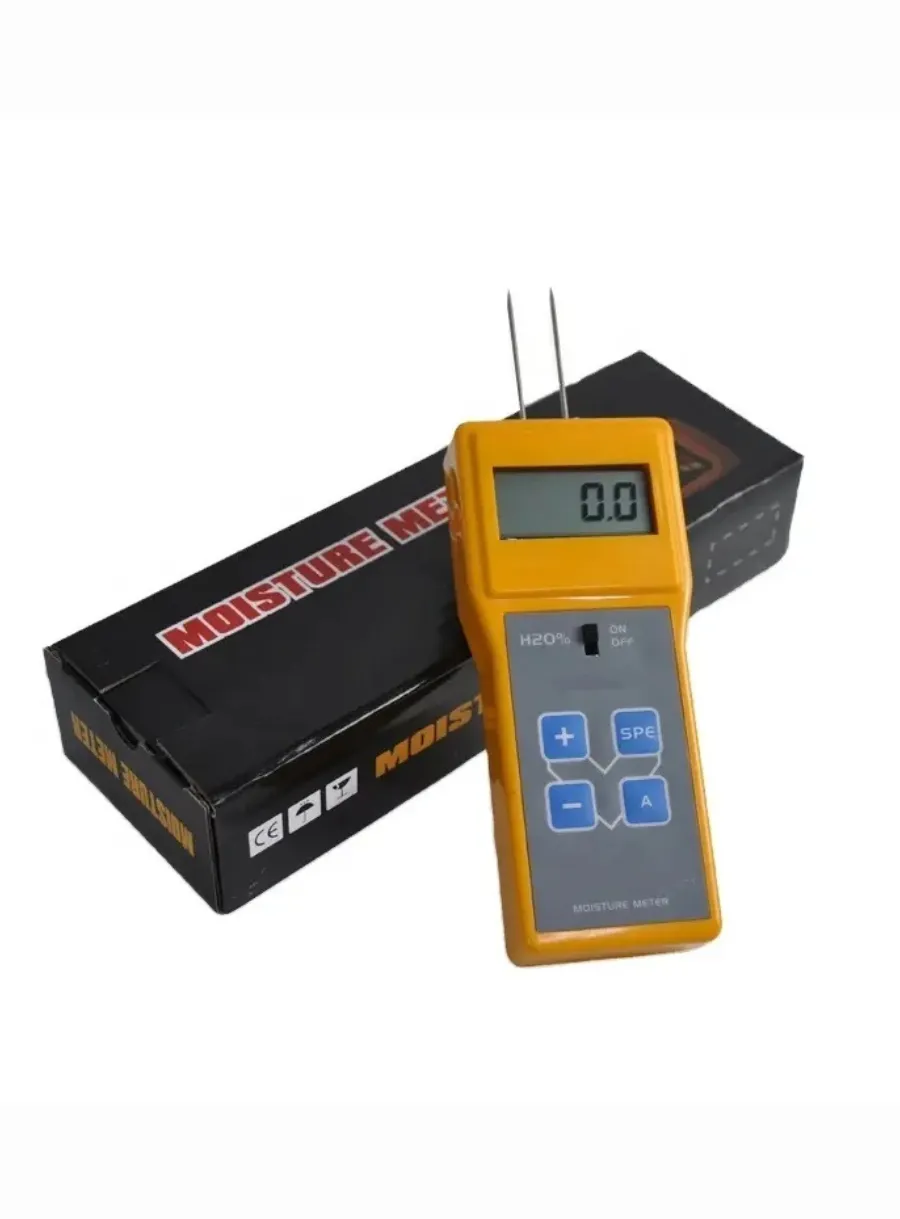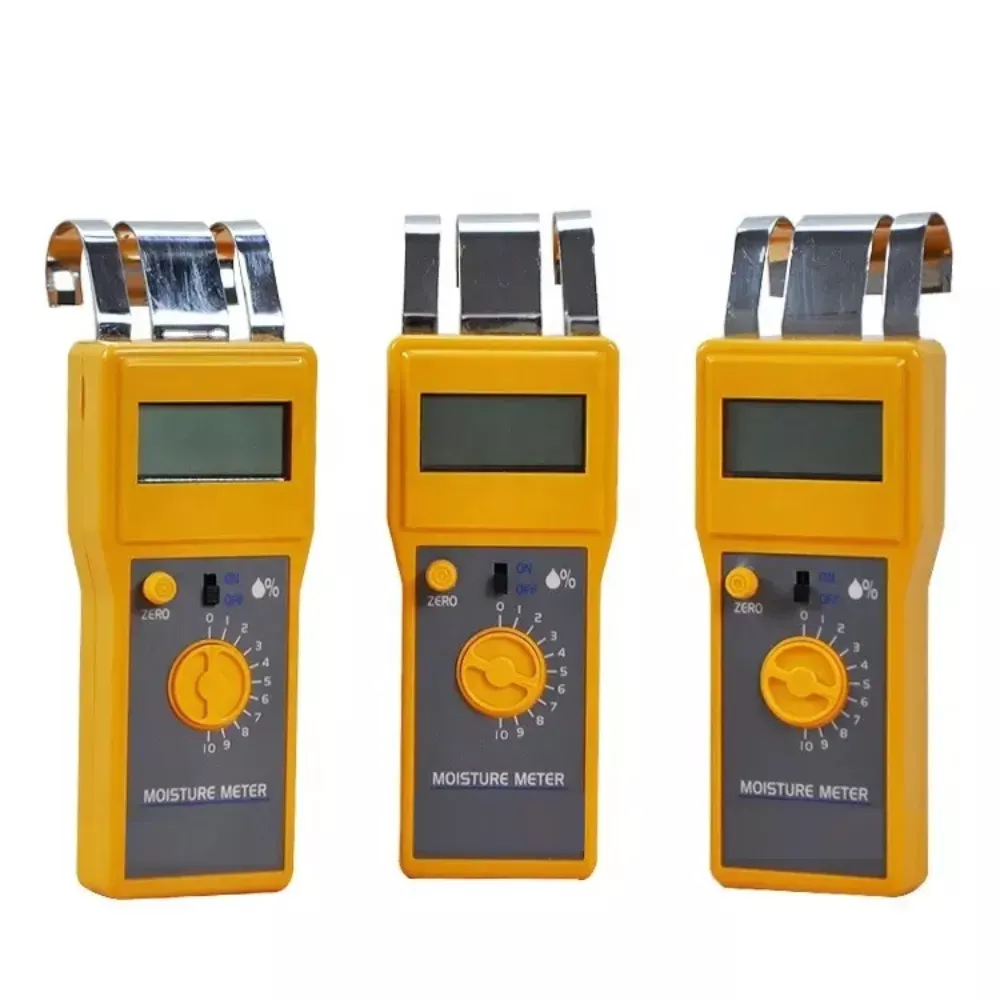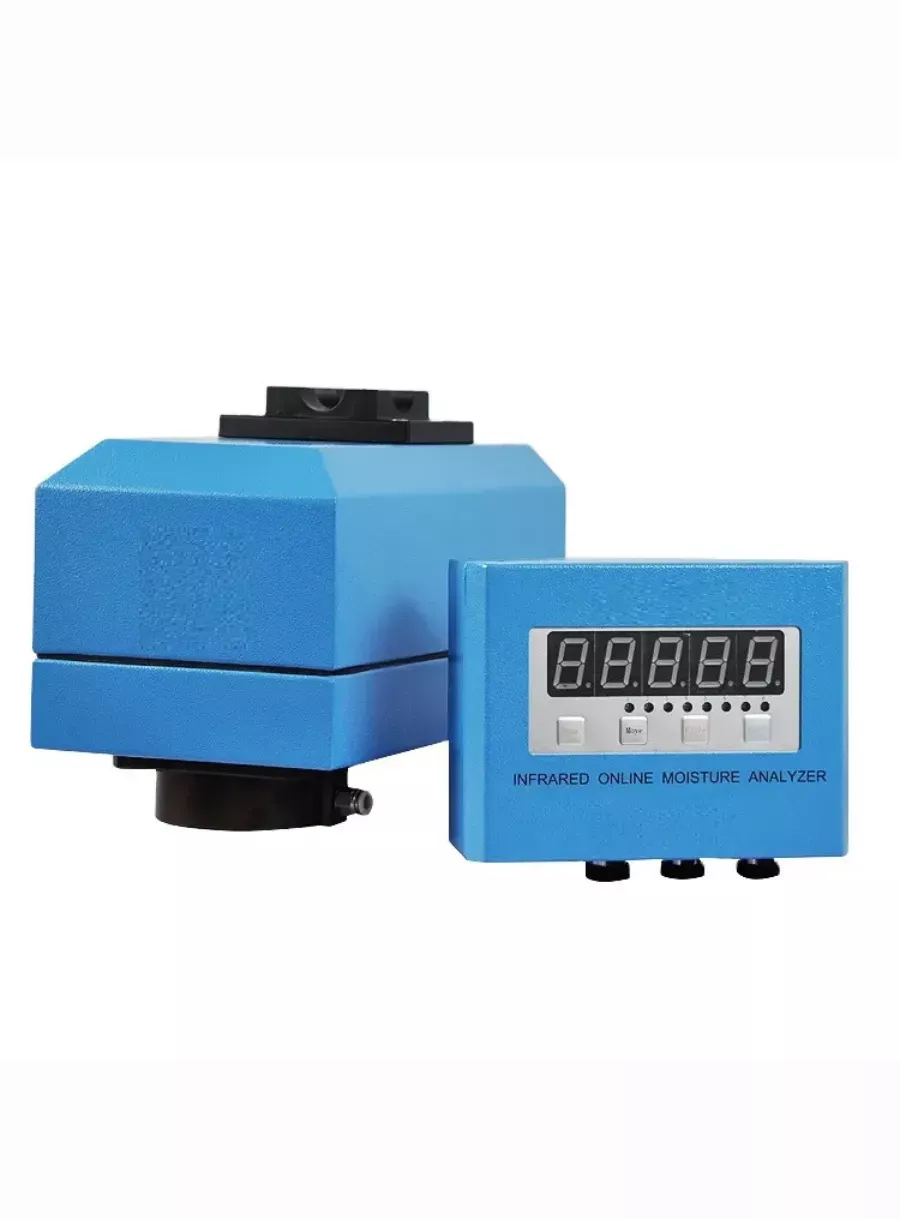
The Difference Between Meat Moisture Meters
Table of Contents

In this article, we will explore the key differences between these two types of meat moisture meters, and help you decide which one is right for your needs.
Analog meat moisture meters are the traditional type of meat moisture meter, and they have been used by professional chefs and home cooks alike for many years. These meters work by using a spring-loaded mechanism to measure the moisture content of the meat. When the meat is placed on the probe, the spring is compressed, and the amount of compression is directly related to the moisture content of the meat. The user can then read the moisture content on a scale, which is typically marked on the side of the meter.

Exploring Digital Meat Moisture Meters
Digital meat moisture meters, on the other hand, use electronic sensors to measure the moisture content of the meat. These sensors are highly sensitive and can provide a more accurate reading than analog meters. Digital meters also have the advantage of being able to display the moisture content in a more easily readable format, such as a percentage or a decimal. Additionally, digital meters often have additional features, such as a backlight for use in low-light conditions, and a memory function that allows the user to store the moisture content of multiple samples.
Comparing Accuracy and Ease of Use
One of the key differences between analog and digital meat moisture meters is the accuracy of the readings. Digital meters are generally more accurate than analog meters, due to the use of electronic sensors. This means that digital meters can provide a more precise measurement of the moisture content of the meat, which can be especially important when cooking delicate cuts of meat that require a specific level of doneness.
Another difference between analog and digital meat moisture meters is the ease of use. Digital meters are generally easier to use than analog meters, due to the fact that they have a digital display and can provide a more easily readable measurement. Additionally, digital meters often have additional features, such as a backlight and a memory function, which can make them more convenient to use in a variety of cooking situations.
Choosing the Right Meat Moisture Meter
In terms of durability, both analog and digital meat moisture meters are generally quite durable, and can withstand regular use in the kitchen. However, digital meters may be more susceptible to damage from water or other liquids, due to the electronic components. Therefore, it is important to take care when using a digital meter to ensure that it remains in good working condition.
Conclusion
In conclusion, both analog and digital meat moisture meters have their own unique advantages and disadvantages. Analog meters are more traditional and can provide accurate readings, while digital meters are more convenient and easier to use. Ultimately, the choice between an analog and a digital meat moisture meter will come down to personal preference and the specific needs of the cook. By understanding the key differences between these two types of meters, you can make an informed decision and choose the best meat moisture meter for your needs.
Comments
Tags
Frequently Asked Question
Analog meters use a spring-loaded mechanism to measure the moisture content, with the user reading the scale on the side of the meter.
Digital meters use electronic sensors to provide more accurate and easily readable moisture content measurements, often with additional features like backlighting.
While both types are generally durable, analog meters may be less susceptible to water damage due to their lack of electronic components.
The choice comes down to personal preference and the specific needs of the cook, considering factors like accuracy, convenience, and durability.


